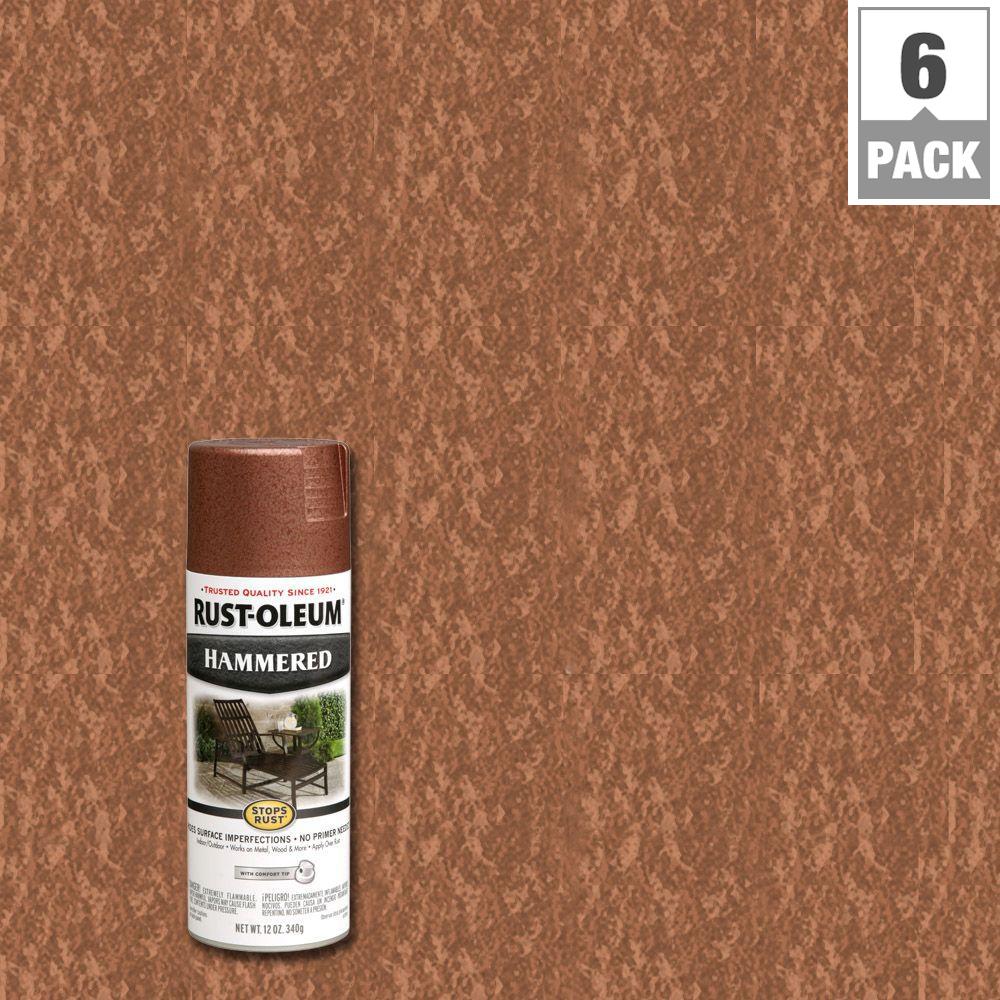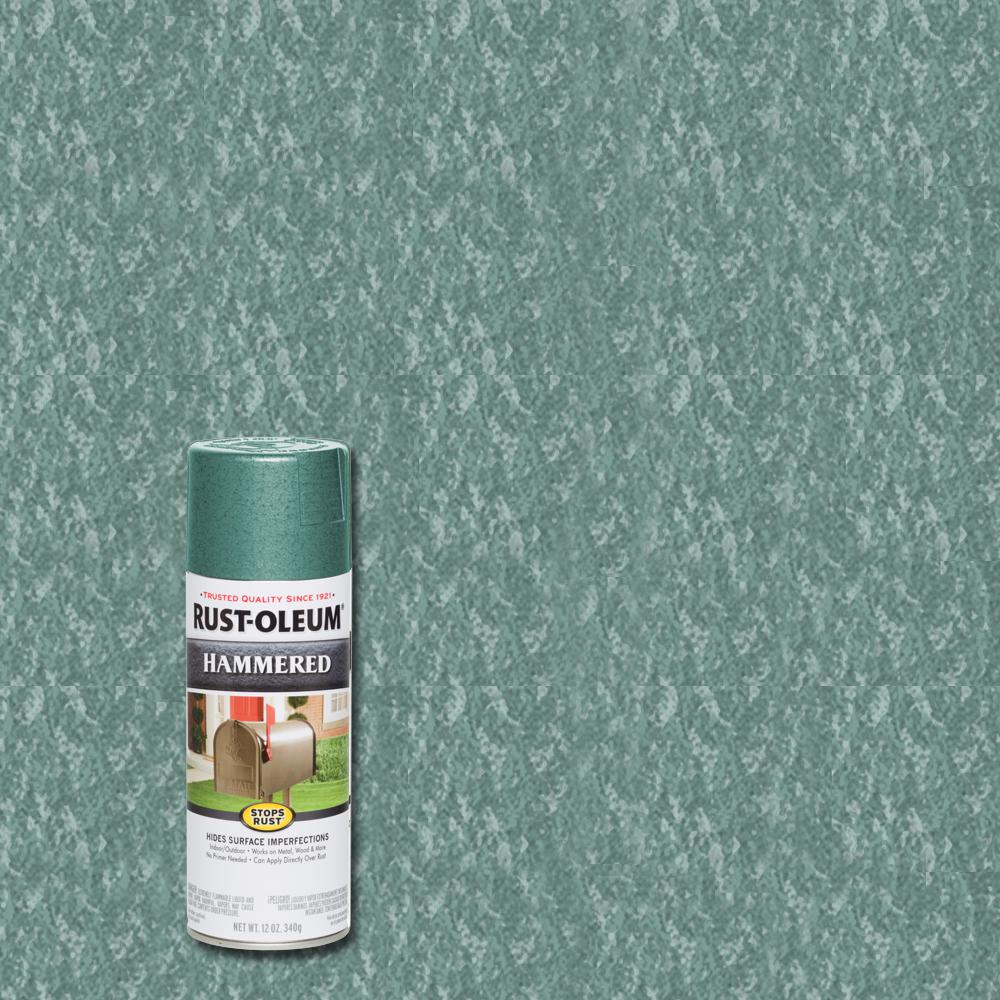

You do NOT want this stuff coming in contact with your skin or respiratory system. That means you can't skip the safety gear like a mask with a ventilator, goggles, and gloves. And since we're talking about spray primers here, it's important to note that you need to be very careful when using an oil-based spray primer. They smell! They put out a lot of volatile organic compounds (VOCs) which are harmful to people and animals in high-concentrations. This means the oil-based primers will help you get a high-quality, longer-lasting coat of paint in the end. Oil-based primers are an excellent choice for priming metal surfaces and painting over an existing layer of paint.
#Wet sanding rust oleum spray paint plus#
These primers are super versatile and they work on almost every surface under the sun, plus they typically work for both interior and exterior applications. These have been considered "industry standard" for decades, and for good reason. The first type I want to go over is the oil-based primers. The primer you choose is like the foundation for your paint job, so if you want to make sure that your DIY project lasts as long as possible and looks great, don't skimp on finding the best spray primer for the job! Oil-Based Primers While that may sound like a no-brainer, it's very important to have a firm grasp of the strengths and weaknesses of each type so you don't end up with a messy end-result. What Are The Different Types of Spray Paint Primers?īefore you choose your metal primer spray paint your next DIY project, it's important to note that there are multiple types of primers to choose from. Read More > How Do You Paint Aluminum Surfaces? Now, once you've done ALL of 's time to sit down and use a spray primer for the metal surface. Note: Sanding is another one of those steps people like to skip, but every single primer I've found says sanding your surface is an essential part of the process for optimal paint adhesion, don't skip it! Then you'll probably need to use a scraper or wire brush to eliminate any flaking or chipped paint.Īfter that, sand it down with some sandpaper or an orbital sander - just enough to create a smooth surface and get rid of the old paint - and then wipe the surface down with a damp cloth to ensure there isn't any lingering dust. Prepping your surface means different things for different projects, though.įor instance, if you want to put a new coat of paint on some rusty outdoor furniture, you'll need to pressure wash it off first to ensure there's no dirt or grime lingering on the surface. This one is a bit easier to answer: after you've prepped your surface well. So, if you want results that last, do it right the first time and prime! When Should You Apply Primer? Often times you don't realize how important a primer is until it's too late and your beautiful coat of paint starts to wear down in a matter of weeks.īut I want to save you from that fate right now and help you get the best finish on your paint job possible. Spray painting a metal surface without using a primer is a bad move, my friend. And that is much more important when you're working with a metal surface. This is because priming your surface creates a smooth surface for your chosen paint to adhere to. However, this causes more problems down the road, even if the paint looks nice! It can be easy to skip the priming step (because it takes a bit more work) and just add another coat of paint on to make sure it has the overall color you're going for. You should always use a primer when you want to create a high-quality finish on your DIY project.

So let's unpack this a bit more, shall we? Why Use A Primer? The more complicated answer is: when you want to ensure the best paint adhesion possible.

Well, the simple answer is: whenever you're going to spray paint anything metal! So you might be asking.when should you use a spray paint primer for a metal surface? When Should You Use A Metal Primer Spray Paint?


 0 kommentar(er)
0 kommentar(er)
